Attention, Homeschool Educators! Virtual Learning Resources

Animal-Friendly Virtual Learning Resources for Grades PreK–12
Looking for fun, meaningful ways to keep your homeschooler excited about learning? What if you could also nurture their compassion at the same time? With TeachKind’s free virtual resources, you can do both!
Kids naturally love animals, and leveraging this innate affinity is an easy way to engage them academically.
Below, explore age-appropriate tools to foster that connection and make lessons more meaningful. From reading and writing to science and social-emotional learning, our diverse virtual materials make it easy to promote kindness while reaching your curricular goals.
All Grades (PreK-12)
Virtual Field Trips
Have your child explore the Arctic tundra, Africa, or other exciting locations to see animals in their natural habitat using live cams before writing or drawing what they observe.
DIY: Easy Vegan Ice Cream Recipe
Try this “shake and make” recipe for simple and delicious science fun.
Animal-Friendly Movies
Have your child watch a movie and then write down what the story was about or what they learned from the film. Encourage younger children to draw pictures to express themselves.
Grades PreK-2
‘Eat Green!’ Song
Directions: Read the lyrics with your child and teach them the gestures that accompany the song. Then have them watch the video and sing along using the gestures. Have them read the lyrics and listen to the song simultaneously multiple times. Ask your child to start their day with this song for a week. Optional: Eat the fruits and vegetables mentioned in the song.
(Builds oral language and reading fluency)
‘Share the World’ Program
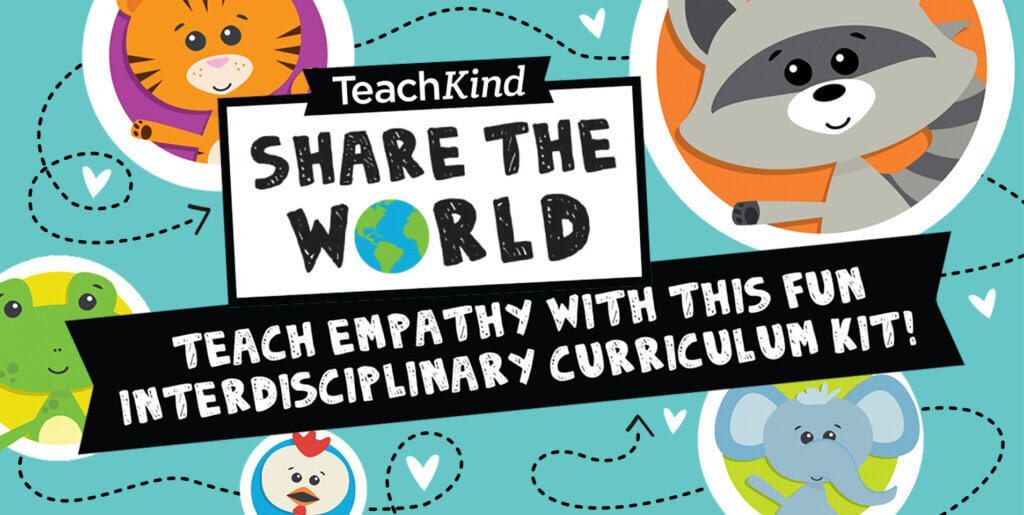
Directions: Start by reviewing the step-by-step guide included with the activities. Then invite your child to kick things off with the “Opening Activity: Test Your Animal Knowledge”—a fun way to spark curiosity and get them thinking! (You can find all the lessons and worksheets here.)
Next, watch the engaging video together. It includes several natural pause points with built-in discussion questions, perfect for encouraging thoughtful conversation.
After the video, dive into the “Golden Rule and You” activity that begins on page 2. Work through it alongside your child to help them reflect on empathy, kindness, and how their actions affect others, including animals. Then have them respond in writing to the “Personal Narrative Writing Prompt” using the worksheets on pages 5 and 6 to organize their ideas. You can work through the rest of the activities with your child or have them do the writing prompts on pages 9, 12, 14, 17, and 20. Don’t forget to have them fill out the Kindness Pledge!
(Develops reading and writing skills)
‘Like You, Only Different’ Alphabet Flashcards
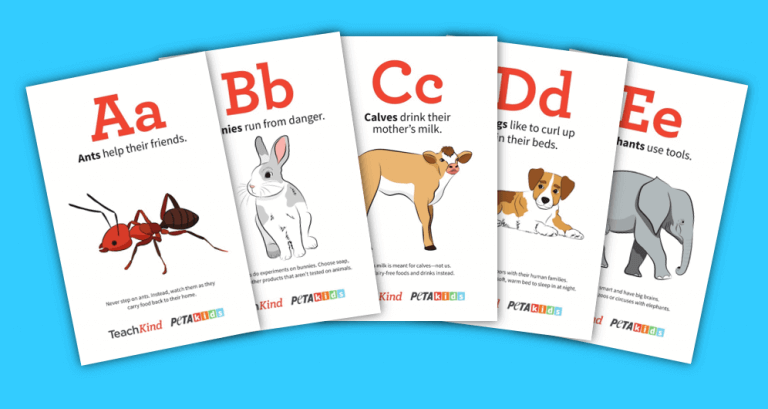
Directions: Download and print the student-friendly flashcards. Go over the letter and sound on each one, and read the sentence aloud, pointing to each word as you say it. Have your child repeat the letter and its corresponding sound. If they can, have them read the sentence aloud with you. Then have them cut out and color the flashcards. Staple them together. Read the information about the animal on each card to your child. Finally, read the bonus flashcards (species, speciesism, empathy, and vegan) to your child and use the discussion questions listed in the web feature. Optional: Create a word wall with these terms. Kids love to learn big words!
(Develops phonemic awareness and builds vocabulary)
Community Helpers Can Be Heroes to Animals, Too
Directions: Have your child watch the videos of community helpers being heroes to animals. Then, have them choose any community helper. On a sheet of paper, they’ll write at the top “A [police officer, nurse, teacher, firefighter, etc.] helps animals.” Then ask them to write a sentence (or more) describing how this person can help animals. Beneath the sentence, have your child draw a picture of the person helping an animal in some way. Ask them to draw inspiration from the stories they saw in the videos about the different ways people have helped animals in need. Once your child has finished their drawing, have them share it with you and describe what’s happening in it.
(Connects to social studies content)
Grammar Packet: Compassionate Nouns and Verbs Worksheets
Directions: Have your child put nouns in the correct category (person, place, thing, or animal) on the Noun Sort (cut and paste) and the Noun Category: Our Land and Sea Friends worksheets, cut and paste verbs into the correct sentence on the Action Verbs: Animals Big and Small worksheet, and identify action verbs on the Action Verbs: At the Farm Sanctuary and Action Verbs: Surprising Little House Guests worksheets. Answer sheets are included, so checking their work is easy.
(Develops understanding of conventions of standard English)
Rescue Stories Comprehension Worksheets
Directions: Have your child read (or follow along as you read) the texts. Discuss the key vocabulary words identified. Then have them complete the comprehension questions on the worksheets. (Younger children still learning to write can draw pictures to express themselves.) Answer sheets are included, so reviewing their work is easy. Be sure to have kids watch the video that goes along with the rescue story “Herman the Duckling’s First Swim” to see the real Herman!
(Develops reading and writing skills)
Our Farm Read-Aloud
Directions: Share the videos below with your students and use this lesson to help them understand that sheep are individuals and why buying and wearing wool is cruel.
Grades 3-5
‘Share the World’ Program
Directions: Start by reviewing the step-by-step guide included with the activities. Then invite your child to kick things off with the “Opening Activity: Test Your Animal Knowledge”—a fun way to spark curiosity and get them thinking! (You can find all the lessons and worksheets here.)
Next, watch the engaging video together. It includes several natural pause points with built-in discussion questions, perfect for encouraging thoughtful conversation. After the video, dive into the “Golden Rule and You” activity that begins on page 2. Work through it alongside your child to help them reflect on empathy, kindness, and how their actions affect others, including animals.
Then have them respond in writing to the “Personal Narrative Writing Prompt,” and complete their final draft using the writing sheet on page 4. You can work through the rest of the activities together or have your child do the writing prompts on pages 6, 8, 10, 11, and 14. Don’t forget to have them fill out the Kindness Pledge!
Compassionate Comic Books
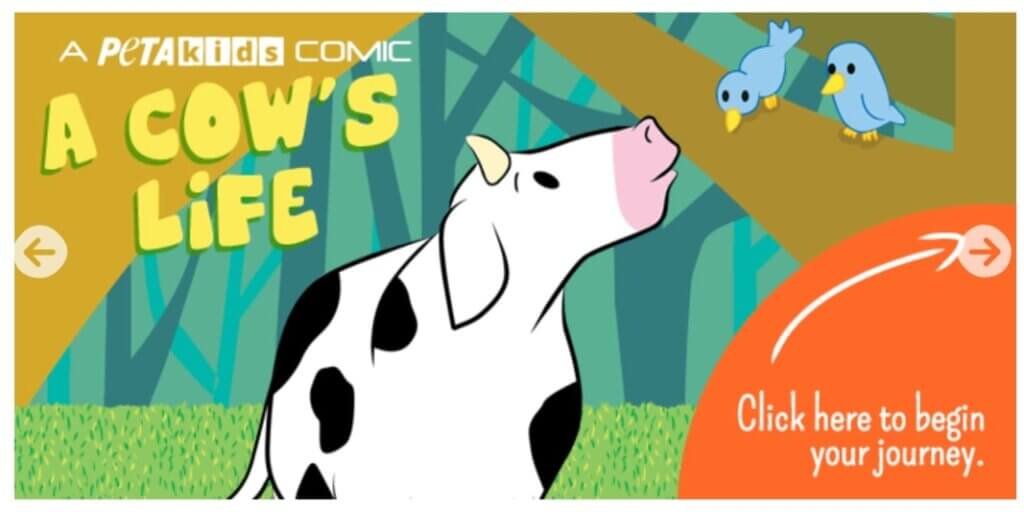
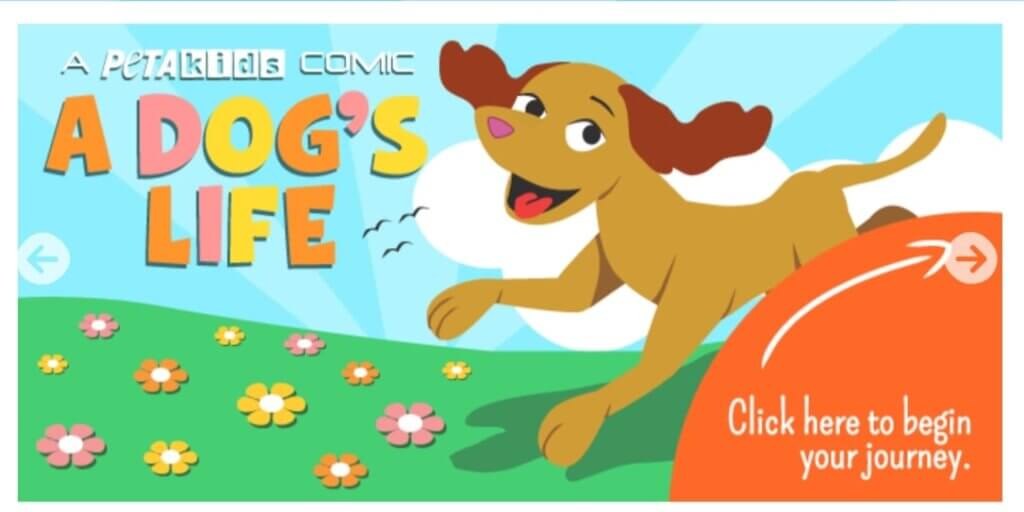
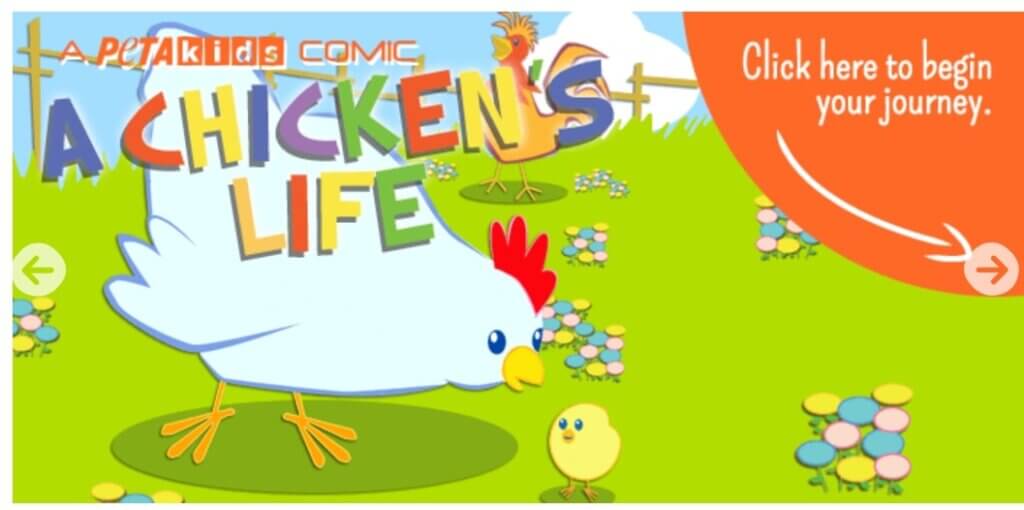
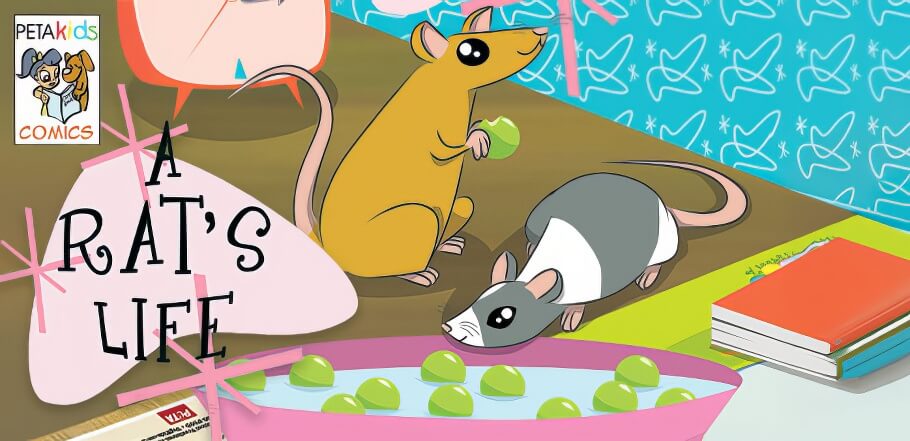
Directions: Have your child read the comic books online and then play reading games to determine the main idea and practice inferencing skills for each story.
Rescue Stories Comprehension Worksheets
Directions: Have your child read the texts. Discuss the key vocabulary words identified. Then have them complete the comprehension questions on the worksheets. Answer sheets are included, so reviewing their work is easy. Be sure to have them watch the video that goes along with the rescue story, “Christmas the Puppy’s First Holiday,” to see the real Christmas.
(Develops reading and writing skills)
Animal-Friendly Idioms

Directions: Have your child read through the idiom posters (with harmful vs. helpful idioms and their meanings) and consider why the original idiom is listed as harmful for animals. Ask them to research other harmful idioms and change them to create phrases that promote helping animals instead. If they need a refresher on idioms, you can have them watch this short video.
(Develops understanding of figurative language)
‘Like You, Only Different’ Personality Quiz and Nameplates
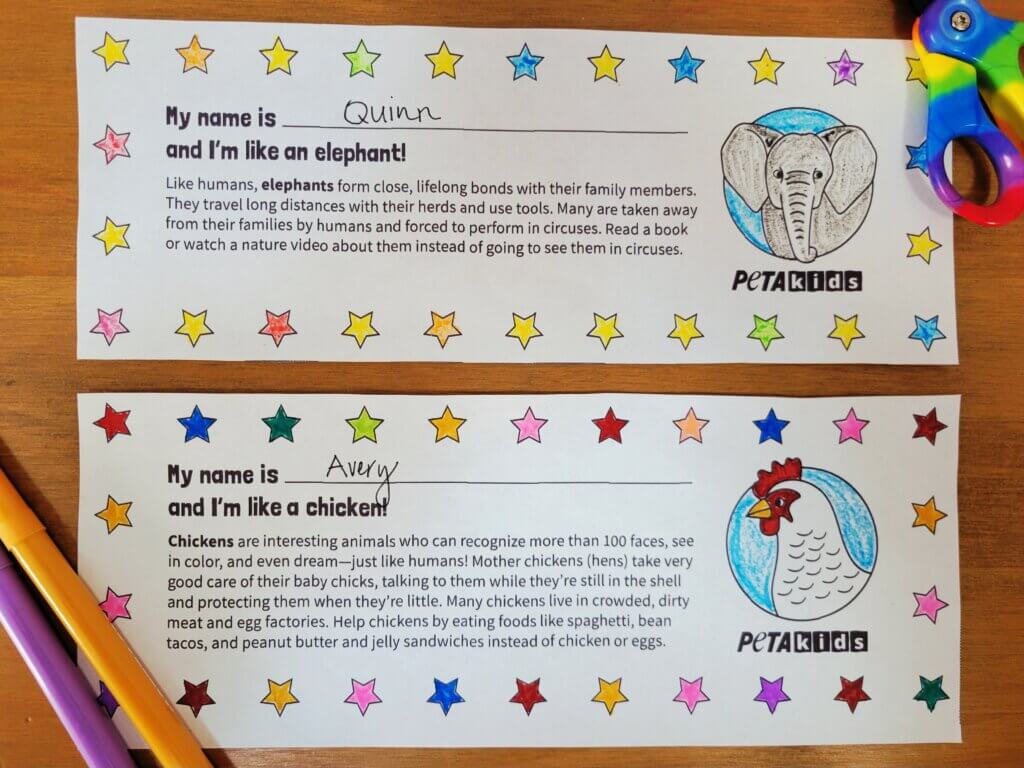
Directions: Have your child read and complete the Personality Quiz: Which Animal Are You Most Like? Then they can use the “Results” page to tally their responses and use that information to determine which animal they are most like. Finally, they can download and print the corresponding nameplate.
(Develops understanding of generating and analyzing patterns and relationships)
Inspirational Reading Comprehension Passages: Kids Who Are Heroes to Animals
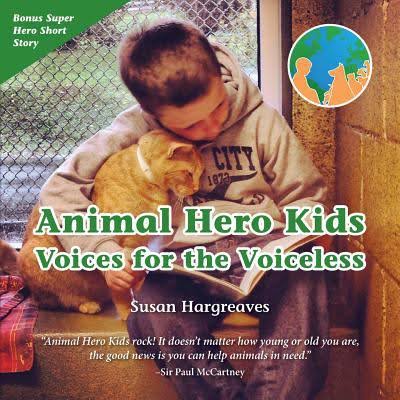
Directions: Have your child read the passages about compassionate kids who take action to help animals. Discuss the key vocabulary words identified. Then have your child complete the comprehension questions on the worksheets. Answer sheets are included, so reviewing their work is easy. Kids can visit AnimalHeroKids.org to learn about more young people helping animals.
(Develops reading and writing skills)
Hey, Little Ant
Directions: Share the videos below with your students and use this lesson to promote kindness to all animals, big or small.
Grades 6-12
39 Images and Daily Writing Prompts
Directions: Each day, have your child read one prompt and respond in writing. Make sure they watch any video on the page (like this one, which goes with prompt 3) or read any related background information for the writing prompts.
(Develops writing skills)
Life for a ‘Backyard Dog’
Directions: Have your child read “A Day in the Life of a PETA Fieldworker.” Then they can complete the Author’s Purpose worksheet. Make sure they watch the video “Chained Dogs React to PETA Fieldworkers.”
(Develops understanding of an author’s craft and structure of a text)
SeaWorld Kills: Imprisoning Animals in Amusement Parks
Directions: Have your child watch the documentary Blackfish (available on Netflix) and respond in writing to the film’s discussion questions. Then have your child take a position on whether orcas should be used for entertainment. They can use the Building an Argument worksheet to organize their ideas and draft their writing on a separate page.
(Develops understanding of using valid reasoning and sufficient evidence to support an argument)
Grades 6-8
Rescue Stories Comprehension Worksheets
Directions: Have your child read the texts. Discuss the key vocabulary words identified. Then have your child complete the comprehension questions on the worksheets. Answer sheets are included, so reviewing their work is easy. Be sure to have them watch the video that goes along with the rescue story “Waheed and Tracy the Camels Fall in Love” to see the real Waheed and Tracy!
(Develops reading and writing skills)
Grades 9-12
Rescue Stories Comprehension Worksheets
Directions: Have your child read the texts. Discuss the key vocabulary words identified. Then have your child complete the comprehension questions on the worksheets. Answer sheets are included, so reviewing their work is easy.
(Develops reading and writing skills)
What’s a Vegan?
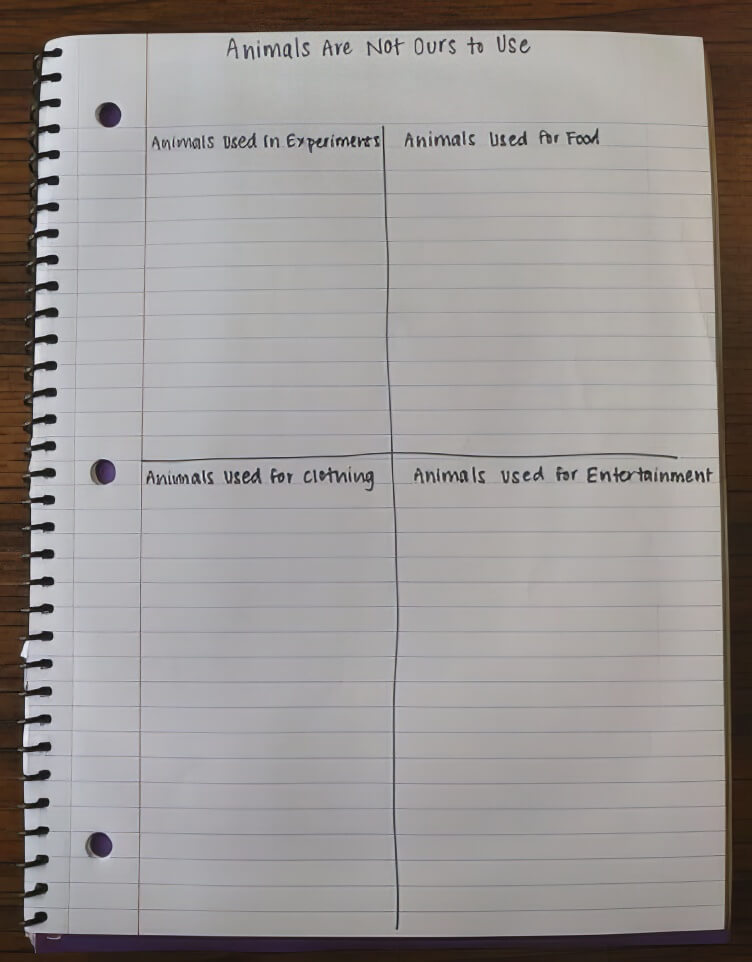
Directions: Have your child divide a piece of notebook paper into four sections and then research the following issues and record their notes in each square: animals used in experiments, animals used for food, animals used for clothing, and animals used for entertainment. Your child should briefly explain why vegans avoid using animals in each context. Then they should use their notes to write a persuasive essay responding to the question, “Is it ethical to consume animal-derived ‘products’?”
(Develops writing skills)

Love these ideas? Please share them with other homeschooling families who want to raise thoughtful, compassionate learners!
